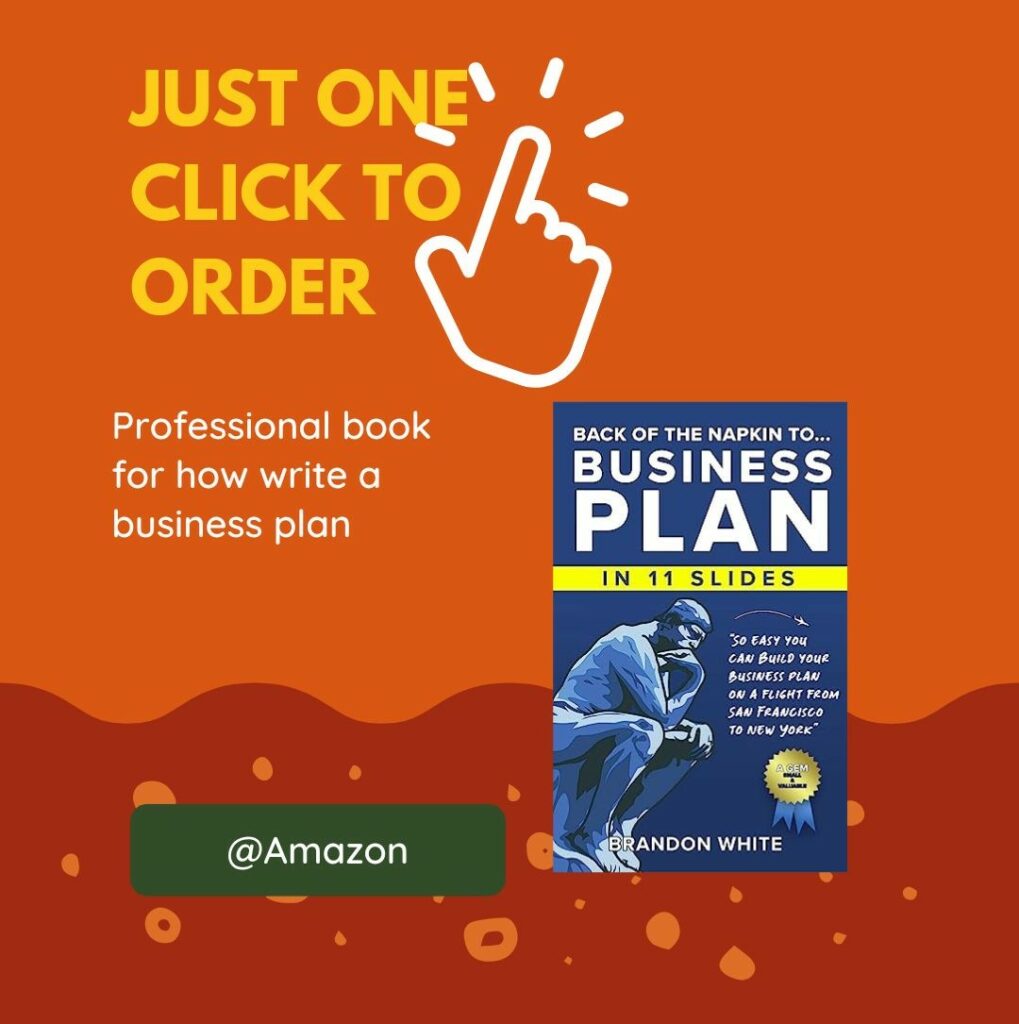
How to Make a Business Plan: Starting Your Plan
Writing a business plan is kind of like creating a roadmap for your business. Imagine that you are describing your business idea to a friend. Start with a short and concise introduction that will make them curious about your business. Like a quick movie preview.
Identify the Problem
The next step is to talk about the problems your future customers face. Think about their barriers and describe how your business idea can solve these problems for them. It’s kind of like showing your friend how your cool gadget fixes a common annoyance.
Market Entry
Now you are going to write about how you are going to make your market entry. These are the people who are going to need your solution. Describe how you will advertise/ market your business to them and why they should pick you over other competitors.
Solution Provided
After you have marketed your company, described what it does, and what problem it fixes, establish the traction that you already have. Some of these might include revenue, customer acquisition, partnerships, or product development. It’s like telling your friend about compliments you got on a new outfit.
Team Composition
Your team forms the backbone of your business and introducing them in your business plan is pivotal. Just as you would introduce your friends and highlight their strengths, showcase each of your team member’s role and clear contributions to the success of the company. Emphasize their expertise and relevant experience that positions them as valuable assets. Furthermore, identify any additional skills or expertise needed to propel the company to new heights. Demonstrating a robust and capable team can be a transformative factor in shaping your startup’s journey.
Financials
Now that you have shown all of the fundamental elements of your business, it’s time to dive into the financial side. Specify the precise funding required to kickstart your business, fuel it’s growth, and achieve the outlined goals. Clearly articulate how the money will be strategically used to drive company expansion and maximize its potential to be successful and make the most profit. Investors appreciate a well-constructed financial plan that shows the thoughtful utilization of their investment and how the money will be returned to them.
Finally, sum up everything in a short and concise way. Imagine telling your friend about your adventure in just a few sentences– that’s your big ending.
Remember, writing a business plan is like telling your business story to a friend who’s curious about your cool idea. Keep it simple, interesting, and true to you.
Different Business Plan Formats
There are several different types of business plans. Choosing which one is right for your company depends on your goals and where you want the company to end up.


Buy our book to learn everything in how to build your business plan step-by-step from a professional. If you don’t want to spend money, claim your free business plan format today.
Lean Business Plan
A lean business plan simplifies the planning process by condensing information into concise boxes. Each component of the business plan is divided, with brief notes that can be edited as needed.
The essential elements covered in a lean business plan include:
- Business Model: How the business generates revenue.
- Schedule: Task assignments and timelines for each team member.
- Strategy: The overarching approach the business will take.
- Tactics: The specific methods for implementing the strategy.
Lean business plans condense the core business strategy onto a single page. They help clarify objectives, target audience, and potential competition. Customer needs and challenges form the foundation, and the focus is on articulating a unique value proposition to differentiate from competitors.
Benefits of using a lean business plan include:
- Strategic Focus: Emphasis on key drivers critical for business success.
- Simplicity: Easily understandable, even without a business background.
- Visual Representation: Clear depiction of the business model.
- Flexibility: Simple updating of the plan.
- Time Efficiency: Quick creation of the plan.
Traditional Business Plan
If you’re meticulous and prefer a comprehensive approach or intend to seek funding from traditional sources, a traditional business plan format might be your preference.
While drafting your business plan, you’re not constrained to adhere strictly to the exact business plan outline. Instead, tailor the sections to best suit your business and its requirements. A traditional business plan typically comprises a combination of these nine sections:
Executive Summary:
Concisely introduce your company’s essence, explaining why it’s poised for success. Encompass your mission statement, product/service details, and fundamental information about your leadership team, workforce, and location. If seeking financing, incorporate financial data and high-level growth strategies.
Company Description:
Offer comprehensive insights into your company. Elaborate on the problems your business resolves. Specify your target customers, organizations, or enterprises. Showcase how your company has a competitive edge that contribute to its success.
Market Analysis:
Demonstrate that you have an understanding of your industry’s outlook and your target market. Investigate your competitors to comprehend their strengths and what you need to work on. Identify trends and patterns through research and search for opportunities to surpass your competitors.
Organization and Management:
Outline your company’s structure and leadership roles. Show what type of economic business structure you have, whether it’s a corporation, partnership, or sole proprietorship. Show an organizational chart which illustrates the responsibilities and skills of key members of your comppany.
Product or Service Line:
Describe your offerings, highlighting customer benefits and the product lifecycle. Address intellectual property considerations like copyrights or patents. If applicable, show your research and development efforts.
Marketing and Sales:
Develop a customized marketing strategy to attract and retain customers. Describe your specific sales process and incorporate this strategy into your financial projections.
Funding Request:
If seeking funding, state your financial requirements over the next five years and their intended use. Specify whether you’re seeking debt or equity financing, along with terms. Describe your long-term financial plans, like debt repayment or exit strategies.
Financial Projections:
Show your funding request with financial forecasts. Provide historical financial statements of your business. Present income statements, balance sheets, cash flow projections, and budgets for the next five years. Graphs and charts also backup your financial narrative.
Appendix:
Attach supporting materials, such as credit histories, resumes, product visuals, references, licenses, and legal documents, as required.
Always keep in mind that crafting your business plan is about explaining your business’s unique story, goals, and needs.
Pingback: How to Write Up a Business Plan